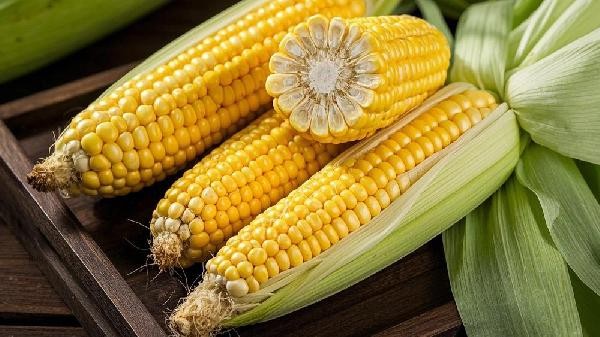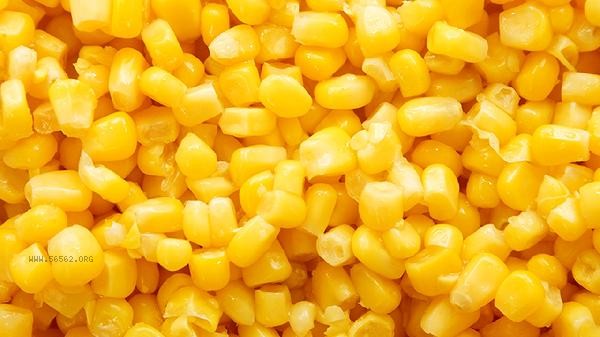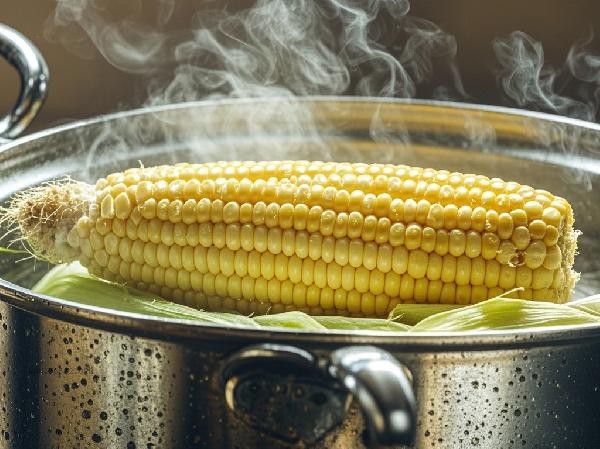The planting time of yellow glutinous corn is usually from March to April in spring or from July to August in summer. Specific methods include seed selection, soil preparation and fertilization, sowing and seedling cultivation, field management, and pest control.

1. Seed selection treatment
Select yellow glutinous corn seeds with plump particles and no mold, soak them in warm water for 6-8 hours before sowing to promote germination, or soak and disinfect them with carbendazim solution to prevent diseases. After the seeds are dried, they can be mixed with an appropriate amount of fine sand to improve the uniformity of sowing.
2. Soil preparation and fertilization
Select plots with deep soil layers and good drainage, deeply plow 25-30 centimeters, and apply 2000-3000 kilograms of decomposed organic fertilizer per acre, combined with 20 kilograms of compound fertilizer as base fertilizer. The sticky soil needs to be improved by adding river sand, and the slope should be raised along the contour line.
3. Sowing and Nursery
Spring sowing should be carried out when the ground temperature stabilizes above 10 ℃, using hole sowing or strip sowing, with 2-3 seeds per hole, row spacing of 60 cm, and plant spacing of 30 cm. Summer sowing should avoid the rainy season, and after sowing, cover with 2-3 centimeters of soil. In arid areas, plastic film can be used to maintain soil moisture.

4. Field management
For 3-4 leaf seedlings, retain 1 healthy seedling per hole. Apply 10 kg/mu of urea during the jointing stage, and increase potassium fertilizer during the trumpet stage. Timely cultivate and weed, irrigate once a week during drought, and pay attention to digging ditches for drainage and flood prevention during rainy season.
5. Pest Control
Common diseases include corn leaf spot disease and rust, which can be sprayed with mancozeb or difenoconazole spray. The main pests are corn borers and aphids. Physical control uses insect traps, while chemical control uses low toxicity pesticides such as high-efficiency cyhalothrin. Medication should be stopped 15 days before harvesting.

The planting of yellow glutinous corn needs to be adjusted according to the local climate. It is suitable for spring planting in cold northern regions, and can be planted in spring and autumn in southern regions. During the growth period, keep the soil moist but avoid waterlogging. Artificial pollination during the tasseling period can increase yield. It is advisable to harvest during the milk ripening period, when the grain moisture content is about 70% and the fresh flavor is optimal. After harvesting, timely thresh and air dry, and store in a dry and ventilated environment to prevent mold growth. Suggest crop rotation of soybeans and other crops to improve soil quality, as continuous cropping can easily lead to increased disease and pest infestations.








Comments (0)
Leave a Comment
No comments yet
Be the first to share your thoughts!